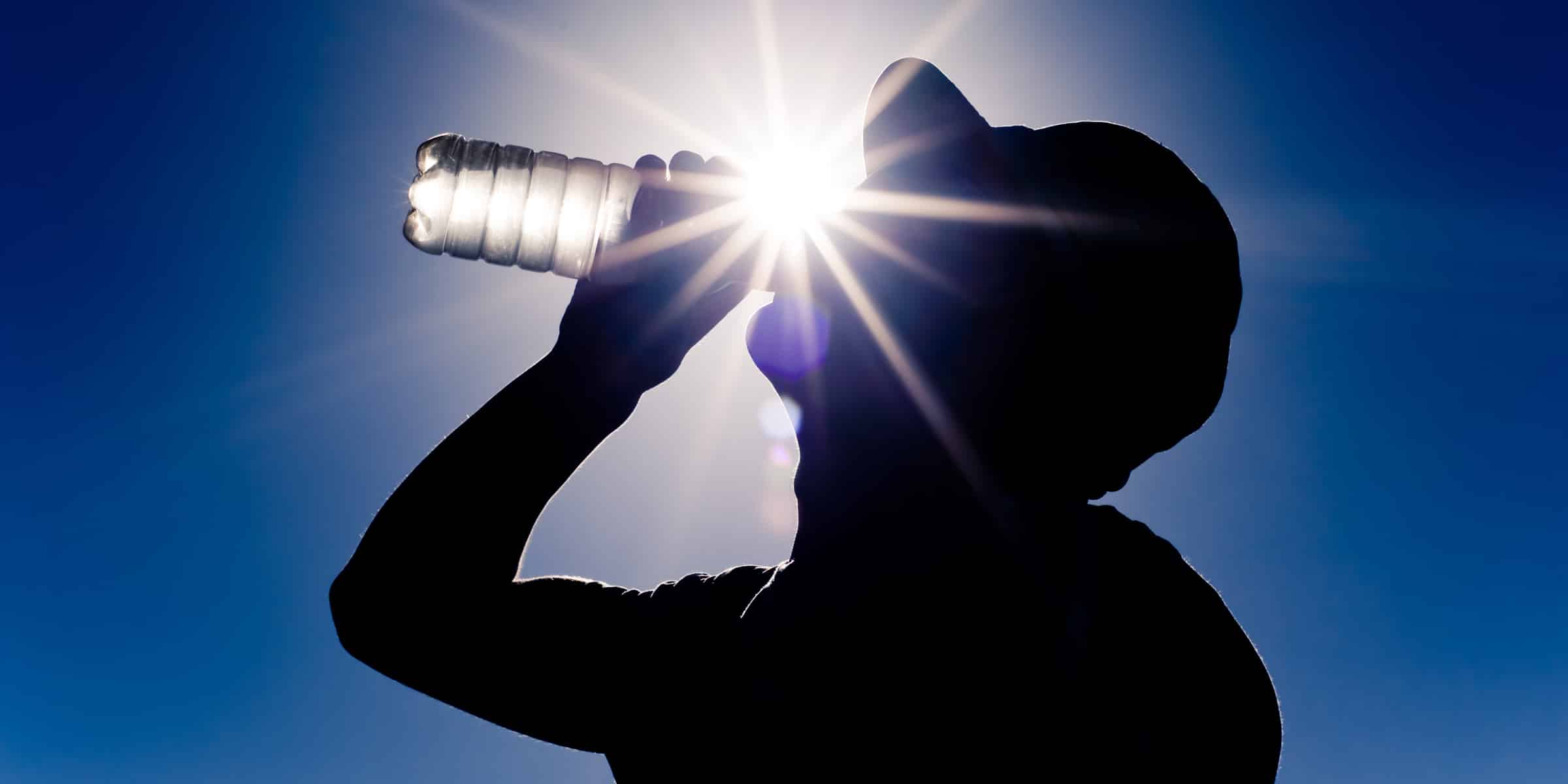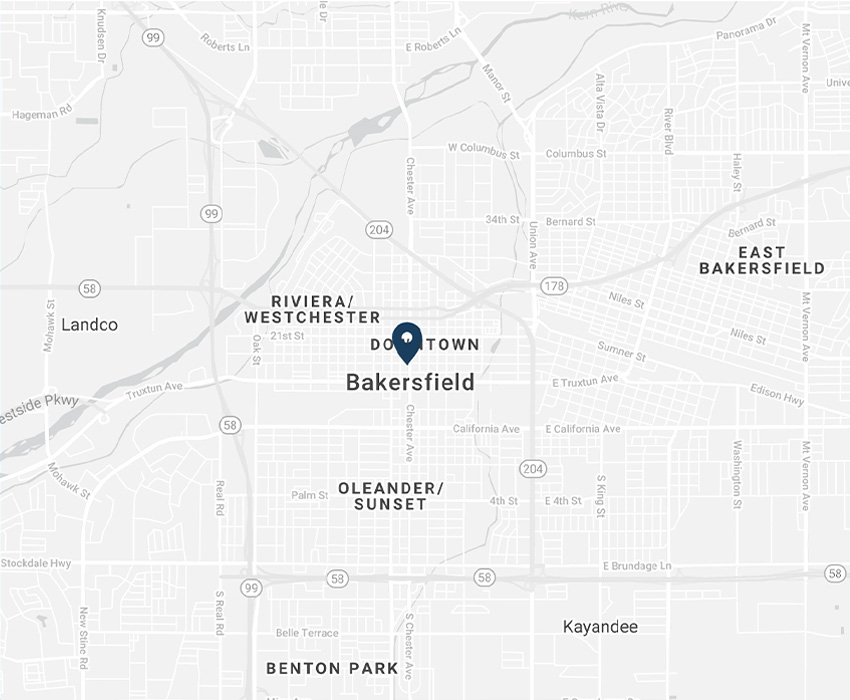Working outside? How to stay safe in the summer heat, and identify heat illness
July 27, 2016 | Article by Chain | Cohn | Clark staff | Tips & Information Social Share

It’s summer time in Kern County and the temperatures aren’t going down anytime soon.
Bakersfield-based law firm Chain | Cohn | Clark wants to remind everyone enjoying the outdoors to take proper precautions to beat the heat, especially those working in the outdoors. Each year, thousands of workers become sick from occupational heat exposure, and some even die. In 2014 alone, 2,630 workers suffered from heat illness and 18 died from heat stroke and related causes on the job, according to U.S. Department of Labor and the Occupational Safety & Health Administration (OSHA).
These illnesses and deaths are preventable. Please take note of these safety measures for staying safe in the summer heat:
Protect Yourself
Sunlight contains ultraviolet (UV) radiation, which causes premature aging of the skin, wrinkles, cataracts, and skin cancer. Here’s how to block those harmful rays while working:
- Dress appropriately for the heat: Wear loose-fitting, long-sleeved shirts and long pants to cover as much skin as possible in order to prevent sunburn.
- Use sunscreen with a sun protection factor (SPF) of at least 30.
- Wear a hat.
- Wear UV-absorbent sunglasses.
- Limit exposure: UV rays are most intense between 10 a.m. and 4 p.m.
Hydrate
It is important to drink plenty of water. The National Institute of Medicine recommends men drink approximately 3 liters of water, and women to drink 2 liters of water per day.
If working in the outdoor heat, drink a cup of water every 15 to 20 minutes, even if you are not thirsty. During prolonged sweating lasting several hours, drink sports drinks containing balanced electrolytes. Avoid alcohol and drinks with high caffeine or sugar.
Rest
Rest in the shade to cool down, and keep an eye on fellow workers. Employers should ensure and encourage workers to take appropriate rest breaks to cool down and hydrate.
Shorten work periods and increase rest periods as temperature, humidity, and sunshine increase, when there is no air movement, if protective clothing or equipment is worn, or for heavier work.
Learn the Signs
It’s important to know and be able to recognize the signs and symptoms of a heat-related illness. There are different types of heat-related illnesses, ranging from those that cause temporary discomfort to the generally fatal condition known as heat stroke.
- Heat Stroke: A serious, life-threatening condition that occurs when the body loses its ability to control its temperature. In heat stroke, a person develops a fever that rapidly rises to dangerous levels within minutes. A person with heat stroke usually has a body temperature above 104 degrees, but the temperature may rise even higher. Other symptoms and signs of heat stroke may include confusion, combativeness, bizarre behavior, feeling faint, staggering, strong rapid pulse, dry flushed skin, and lack of sweating. Delirium or coma can also result from heat stroke.
- Heat exhaustion: A warning that the body is getting too hot. Those most prone to heat exhaustion include elderly people, people with high blood pressure, and people working or exercising in a hot environment. A person with heat exhaustion may be thirsty, giddy, weak, uncoordinated, nauseous, and sweating profusely. As with heat syncope and heat cramps, the body temperature is usually normal in heat exhaustion. The heart rate (pulse rate) is normal or elevated. The skin is usually cold and clammy.
- Heat cramps: A person who has been exercising or participating in other types of strenuous activity in the heat may develop painful muscle spasms in the arms, legs, or abdomen referred to as heat cramps. The body temperature is usually normal, and the skin will feel moist and cool, but sweaty.
- Heat syncope: Someone who experiences heat syncope (fainting) will experience the sudden onset of dizziness or fainting after exposure to high temperatures, particularly after exercising in the heat. As with heat cramps, the skin is pale and sweaty but remains cool. The pulse may be weakened, and the heart rate is usually rapid. Body temperature is normal.
- Dehydration: There are three stages of dehydration. Symptoms may include dry mouth, dry skin, and headache. Severe dehydration symptoms include extreme thirst, irritability and confusion.
- Sunburn: Sunburns can cause the skin to become red and swollen. Sunburns can be a risk factor for skin cancer and sun damage. Heat rash, on the other hand, is a skin irritation caused by excessive sweating during hot, humid weather. It looks like a red cluster of pimples or small blisters.
If you or someone you know is experiencing symptoms of a heat-related illness, do the following:
- Call 9-1-1.
- Seek shelter from the sun.
- Apply water on the person.
- Apply ice on the person’s neck or areas where large blood vessels are near the surface.
- Remove any heavy clothing.
Employer Responsibilities
Under OSHA law, employers are responsible for providing workplaces free of known safety hazards. This includes protecting workers from extreme heat. An employer with workers exposed to high temperatures should establish a complete heat illness prevention program.
- Provide workers with water, rest and shade.
- Allow new or returning workers to gradually increase workloads and take more frequent breaks as they acclimatize, or build a tolerance for working in the heat.
- Plan for emergencies and train workers on prevention.
- Monitor workers for signs of illness.
— By Evelyn Andrade for Chain | Cohn | Clark
———
If you or someone you know if injured at work, please call the workers’ compensation attorneys at Chain | Cohn | Clark at (661) 323-4000, or visit the website chainlaw.com. Workers’ compensation lawyers James Yoro and Beatriz Trejo can help.
*NOTICE: Making a false or fraudulent Workers’ Compensation claim is a felony subject to up to 5 years in a prison or a fine of up to $150,000 or double the values of the fraud, whichever is greater, or by both imprisonment and fine.

